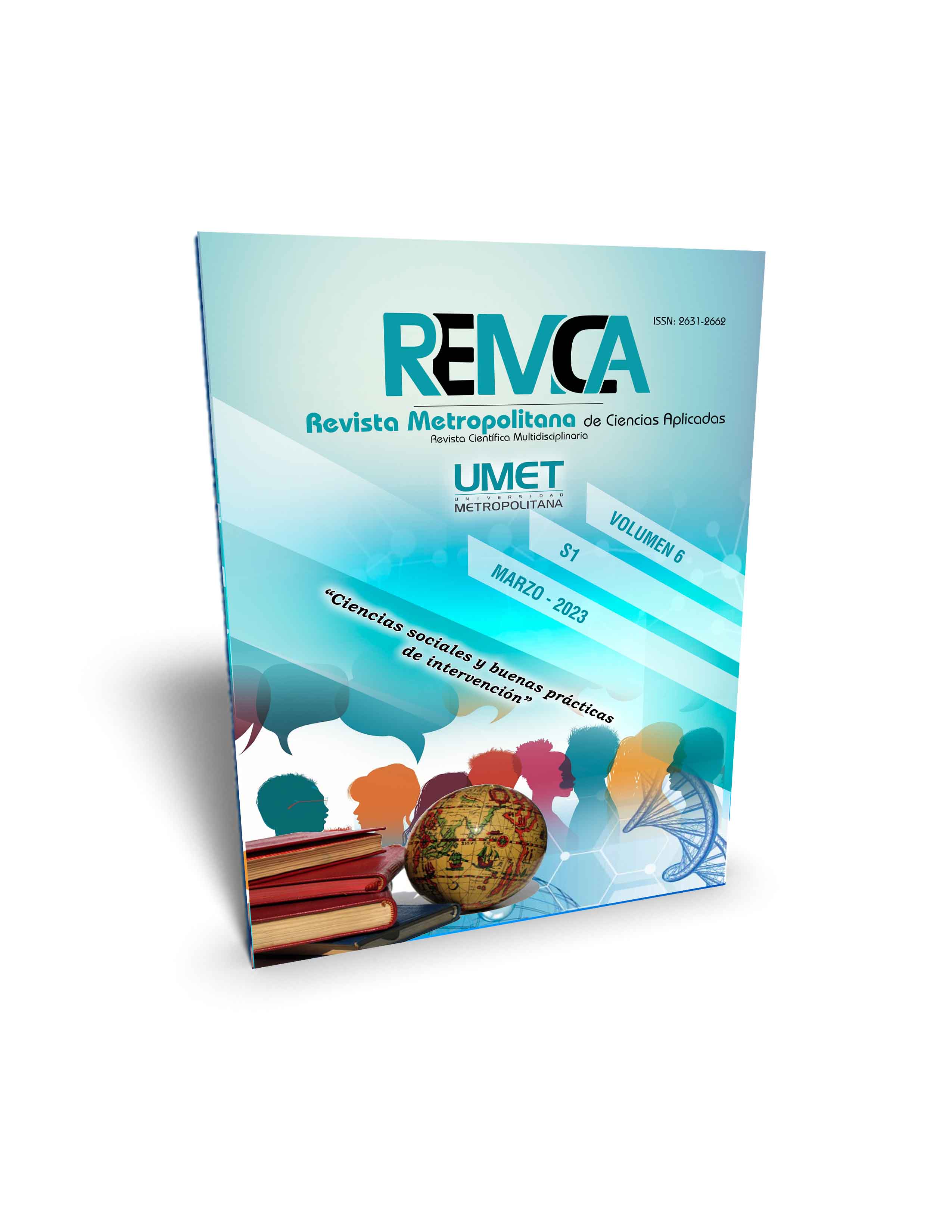Criticism of the mandatory nature of preventive detention for recidivists in Ecuador
DOI:
https://doi.org/10.62452/0qmtvg23Keywords:
Recidivism, precautionary measures, preventive detention, deprivation of libertyAbstract
Despite the fact that Ecuador has a Constitution that enshrines the principles of freedom, equality and minimal criminal intervention, with an express rule that prohibits discrimination based on "judicial past" and that the Constitutional Court and the National Court of Justice have insistently pronounced for the exceptional application of preventive detention, the Comprehensive Organic Criminal Code maintains unchanged the third paragraph of the article 536, which prohibits judges from substituting this precautionary measure for another of lesser rigor when lawbreakers are recidivists; this situation that has caused high rates of people deprived of liberty without conviction, around which a serious prison crisis has unfolded with at least 385 deaths in seventeen months. The study that is presented, carried out under a qualitative approach and the critical and reflective method has allowed to show the internal contradictions between the criminal legal norms; the principles that the Code itself states and the constitutional text, in addition to revealing the social need to adopt Urgent legal reforms around preventive detention to help to reduce the negative effects of violence in detention centers and comply with constitutional mandates.
Downloads
References
Bueno Armijo, A., & Rodríguez Portugués, M. (2007). Fumus boni iuris como criterio contrario al solicitante de medidas cautelares. ¿Un traidor entre los aliados? Revista de administración pública, 172, 227-253.
Cáceres Pérez, F. R. (2017). Delincuencia penal y principio de objetividad. (Proyecto de titulación). Universidad Técnica de Ambato.
Calamandrei, P. (2017). Introducción al estudio sistemático de las medidas cautelares. Ediciones Legales Olejnik.
Durán Silva, C. (2019). Medidas de precaución personales. Universidad de Alicante.
Ecuador. Asamblea Nacional Constituyente. (2008). Constitución de la República del Ecuador. Registro Oficial 449. https://www.asambleanacional.gob.ec/sites/default/files/documents/old/constitucion_de_bolsillo.pdf
Ecuador. Asamblea Nacional. (2014). Código Orgánico Integral Penal. Registro Oficial Suplemento 180. https://siteal.iiep.unesco.org/sites/default/files/sit_accion_files/siteal_ecuador_0217.pdf
Ecuador. Corte Constitucional. (2021). Sentencia No. 8-20-CN/21. Limitación a la sustitución de la prisión preventiva. https://www.fielweb.com/App_Themes/InformacionInteres/8-20-CN.pdf
Ecuador. Corte Nacional de Justicia. (2021). Resolución N° 14 de 2021. https://www.cortenacional.gob.ec/cnj/images/pdf/resoluciones/2021/2021-14-Aclara-el-Art-534- COIP.pdf
Freire Quintanilla, P. R. (2021). Hacinamiento de reclusos y prisión preventiva. (Degree work). Universidad Autónoma de Los Andes:
Morello, A. M., & Vescovi, E. (2005.). Medidas provisionales y medidas cautelares. In, E. Rey Cantor, & Á. Rey Anaya, Medidas provisionales y cautelares en el sistema interamerican. (pp. 148-203). Instituto Interamericano de Derechos Humanos.
Noroña, K. E. (2022). Estas son las masacres carcelarias documentadas en Ecuador entre 2021 y 2022. https://gk.city/2022/07/18/seis-masacres-carcelarias-documentadas-ecuador/
Serrano Gómez, A. (1976). La reincidencia en el Código Penal. Agencia Estatal Boletín Oficial del Estado.
Sotalin Clerque, J. A. (2021). El uso excesivo de la prisión preventiva en el hacinamiento penitenciario. Universidad Metropolitana.
United Nations. (1948). Declaración Universal de los Derechos Humanos. https://www.ohchr.org/en/udhr/documents/udhr_translations/spn.pdf
Downloads
Published
Issue
Section
License
Copyright (c) 2023 Pedro Enrique Castellanos-Fuentes, Marily Rafaela Fuentes-Águila, Andy Rojas-Jiménez, Yanier Senen Roque-Rodríguez (Autor/a)

This work is licensed under a Creative Commons Attribution-NonCommercial-ShareAlike 4.0 International License.
Authors who publish in Revista Metropolitana de Ciencias Aplicadas (REMCA), agree to the following terms:
1. Copyright
Authors retain unrestricted copyright to their work. Authors grant the journal the right of first publication. To this end, they assign the journal non-exclusive exploitation rights (reproduction, distribution, public communication, and transformation). Authors may enter into additional agreements for the non-exclusive distribution of the version of the work published in the journal, provided that acknowledgment of its initial publication in this journal is given.
© The authors.
2. License
The articles are published in the journal under the Creative Commons Attribution-NonCommercial-ShareAlike 4.0 International License (CC BY-NC-SA 4.0). The terms can be found at: https://creativecommons.org/licenses/by-nc-sa/4.0/deed.en
This license allows:
- Sharing: Copying and redistributing the material in any medium or format.
- Adapting: Remixing, transforming, and building upon the material.
Under the following terms:
- Attribution: You must give appropriate credit, provide a link to the license, and indicate if any changes were made. You may do this in any reasonable manner, but not in any way that suggests the licensor endorses or sponsors your use.
- NonCommercial: You may not use the material for commercial purposes.
- ShareAlike: If you remix, transform, or build upon the material, you must distribute your creation under the same license as the original work.
There are no additional restrictions. You may not apply legal terms or technological measures that legally restrict others from doing anything the license permits.




